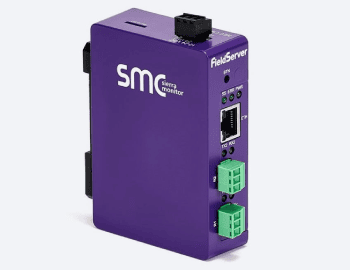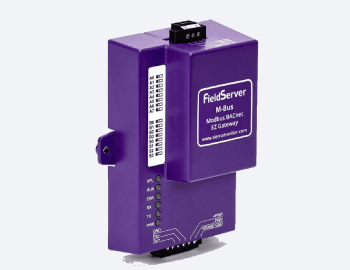Whether you’re managing an office building, a hospital, or a large-scale industrial facility, the ability to integrate systems efficiently can enhance operational performance and reduce costs. This is where BACnet (Building Automation and Control Network) comes into play.
BACnet is an open communication protocol designed to standardise the way building automation systems share information. But what exactly is BACnet, and how can it better connect your building?
BACnet enables diverse building systems, such as HVAC, lighting, security, and fire detection, to communicate regardless of their manufacturer. It was developed to provide a unified language for building automation, ensuring devices can interoperate seamlessly. Two common types of BACnet networks are BACnet over IP and BACnet MS/TP.
BACnet over IP uses Internet Protocol to facilitate communication across hundreds of devices in your network. This is faster, scalable, and easier to troubleshoot when compared to MS/TP.
BACnet MS/TP (short for Master-Slave/Token-Passing) is a protocol typically used for connecting field devices like sensors or controllers. While reliable, it is slower and limited to 128 master nodes sharing a single token.
By choosing the right BACnet type for your building’s needs, you can ensure seamless integration and the smooth operation of your systems.
There are many benefits to using BACnet in your building. BACnet’s open standard means you’re not locked into a single vendor. This flexibility allows you to mix and match devices and systems from different manufacturers.
BACnet over IP supports a much larger number of devices compared to MS/TP, making it ideal for scalability, expanding buildings or large-scale facilities. They can also be monitored and debugged more easily than MS/TP networks, thanks to their internet-based infrastructure.
In order to make the most of BACnet, a reliable router is essential. BACnet routers bridge different networks, enabling uninterrupted communication across systems. For instance, the BACnet/IP to MS/TP connection integrates modern IP-based devices with legacy MS/TP systems; routing between two MS/TP networks improves coverage and device count; and IP to Ethernet facilitates communication between IP-based systems and traditional Ethernet devices.
Products like the BACnet router offer robust solutions for such connectivity needs. With features like dual MS/TP ports and cloud integration, this router ensures seamless operation in even the most complex setups.
For applications requiring additional support, the FieldServer Gateway is an excellent option. This device bridges M-Bus, Modbus, and BACnet protocols, making it ideal for a diverse range of integration scenarios.
There are many practical applications of BACnet: It is great for HVAC systems, connecting thermostats, air handlers, and ventilation systems for optimal comfort and energy efficiency; lighting control where smart lighting is enabled to reduce energy consumption and enhance aesthetics throughout the building; security and access control to enable communication between surveillance cameras, and alarm systems for a unified security network; and energy management where the monitoring and control of energy usage across your building will help to identify inefficiencies and reduce costs.
By enabling devices and systems to work together, BACnet simplifies building management, reduces operational costs, and enhances scalability. With these kinds of products in your property, you are taking a proactive approach to environmental consciousness and a more connected and efficient smart building.











